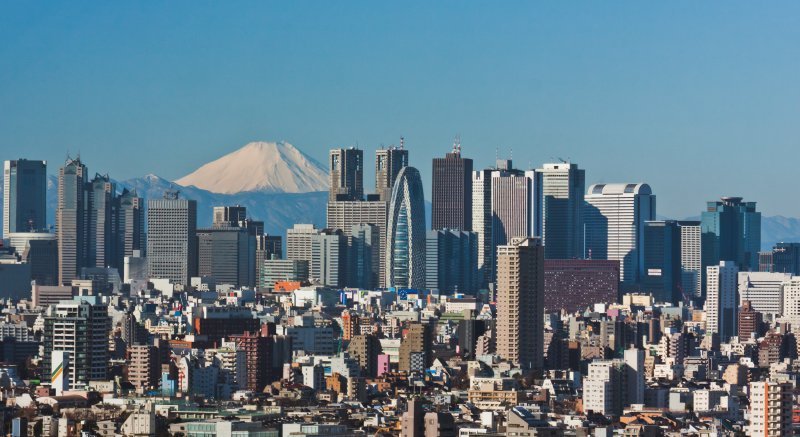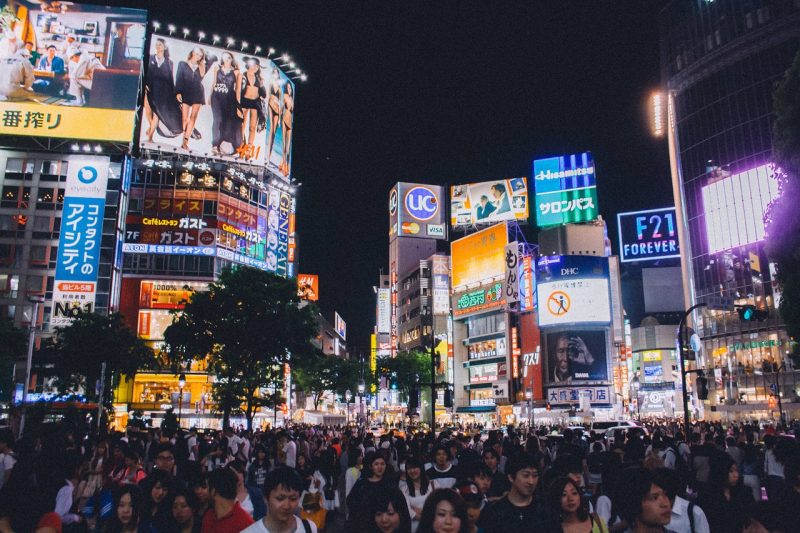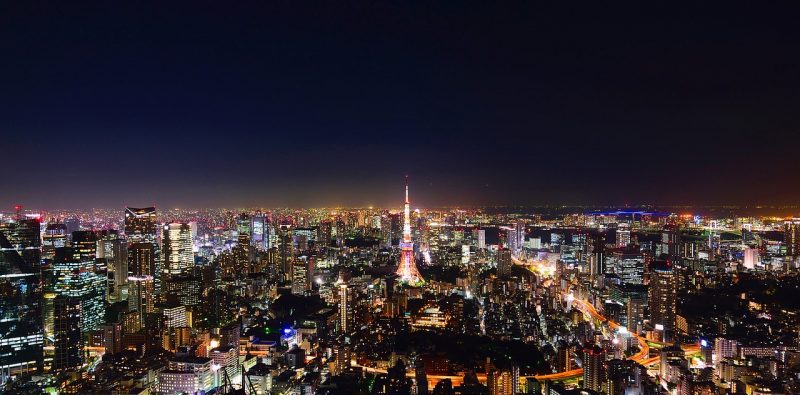Tokyo's economy is one of the biggest in the world! As the capital of Japan, surely everyone has heard of Tokyo. This metropolis has the highest population concentration on the planet. And it is among the most visited Japanese metropolises.
Tokyo has twenty-three districts, municipalities and towns. And it has more than 13 million inhabitants, earning the title of the largest metropolis in the world.
And it is even better known for hosting the 2020 olympics which because of the pandemic was held in 2021.
Now let's see a little more about Tokyo and the importance of this economy for Japan and the world. Was the 2020 Olympics an investment or a mistake?
Índice de Conteúdo
Historical context from Tokyo
It's important to highlight how Tokyo has grown so much, for that I'm going to tell this story briefly since there's a complete text here on the site giving these details. Tokyo did not always have that name, it was previously called Edo. For its foundation was with the construction of Edo Castle built by a vassal of the Uesugi clan in the year 1457.
The name Tokyo was only adopted 411 years later, in 1868. In 1542, western immigrants, traders and missionaries began to arrive in Japan. By the 18th century, in 1787, Edo was already a very populous city, being the largest in the world with more than one million inhabitants.
In the year 1871, the prefectures of Japan were created, among them the prefecture of Tokyo since Japan is not made up of cities, but of prefectures. Edo has experienced many natural disasters such as fires, eruptions, earthquakes and others.
The metropolis suffered from natural impacts and also from the Second World War. During the war Tokyo caused great destruction in the city leaving at least eighty thousand deaths. But it was possible for Tokyo to be rebuilt in the post-war period and managed to grow in resources and in population.

Tokyo population today
Estimate the total population value in 2021 to be 13.96 million. The area is 2,194.07 km2. The population distribution is about 6,300 inhabitants per square kilometer. The metropolitan region, that is, the neighboring regions of Tokyo, has approximately thirty-seven million inhabitants.
Most residents are Japanese and a minority surrounded by Chinese, Korean, Vietnamese, Filipino and Indonesian immigrants. As Tokyo is old and populous, it also has a large number of elderly people, which has increased since the beginning of the 2000s. Most centenarians are concentrated in these regions.
With the great increase of residents Tokyo extended its lands even that were occupied by the sea. This resulted in the reduction of green areas and gave rise to large constructions. This growth has also interfered with technology and finance.
The United Nations predicts that at least until the year 2028, Tokyo will occupy the position of first most populous metropolis for the city of New Delhi which is in India.

Economy of the largest metropolis in the world
If Tokyo already draws attention for its extension, surely the economy moves even more too. To date, the metropolis has the largest Gross Domestic Product (GDP). Elected the largest metropolis with the highest cost of living on Earth, the GDP is estimated at more or less US$ 1.4 trillion. In other words, much of the Japanese economy revolves around Tokyo.
The most common segments that contribute to the movement of the country's economy are petrochemicals, car factories and press companies. It is also common to grow vegetables, fruits and vegetables. The highlight of the primary sector is the fishing activity that, in addition to generating money, is recreational.
Tokyo is famous as an international financial center. The metropolis has the headquarters of several banks in the world, the largest investment and insurance companies. The Tokyo Stock Exchange is second in size only to the New York Stock Exchange.
Tourism is also a good way of moving money because it receives people from all over the world every day because it is the place with the highest concentration of attractions. The metropolis has more than two hundred metro stations and is the largest international transport hub for rail, land and air.
Tokyo receives an average of two and a half million people a year. Data from 2016 show that about twenty-four million foreigners passed through there and the trend is increasing.

The article is still halfway through, but we recommend also reading:
Reflections of the 2020 Olympics on the economy from Tokyo
The Tokyo 2020 Olympics did not go as expected because of the pandemic caused by COVID-19. The event had to be postponed to July 2021. A lot of money was invested in the Olympics, after all the event took place in a place that moves the economy a lot. However, many investors were disappointed due to the lack of financial return.
Even big companies like Toyota invested, but announced that they would not use advertisements related to the Tokyo Olympics because of the circumstances caused by the pandemic. Most of the economy, especially in large events, comes from foreigners, but this year it could not have fans. This meant that hotels and restaurants did not have the expected movement.
Financial analysts were interviewed by the BBC and they believe that not holding the event would be the right decision to make. These analysts forecast the losses to be approximately R$78 billion reais or US$ 15 billion. About US$800 million of ticket sales were lost.
Prime Minister Yoshihide Suga still positively views the restrictions taken at the Olympics, saying that this will help to reduce cases of the disease and the general television audience can still benefit the country. The initial budget for the event in 2013 was US$7.3 billion. In 2019 US$12.6 billion and now US$ 15 billion. It seems to be the highest amount invested in an Olympics.
How big will this investment be in the world's largest metropolis?






